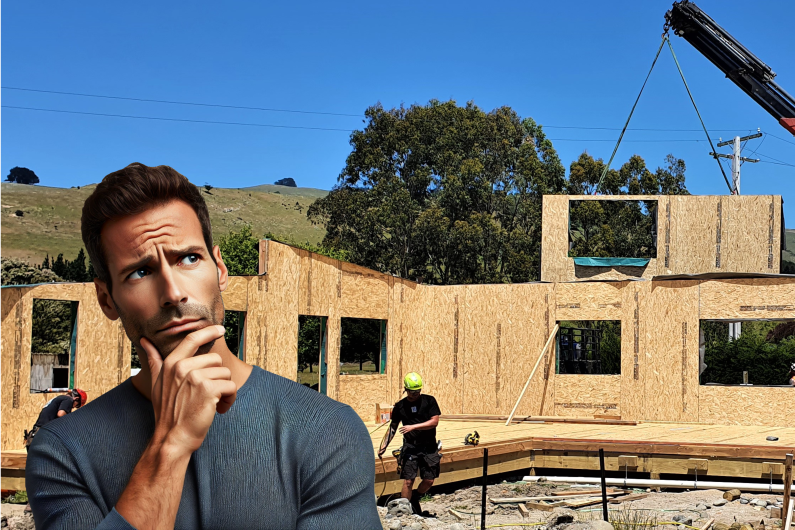What are the disadvantages with SIPs?

Structural insulated panels (SIPs) have gained significant popularity for their energy efficiency, speed of construction, and sustainable properties. But like any building material, they come with considerations that homeowners, builders, and designers need to be aware of. In the spirit of transparency, let's explore some common questions and perceived disadvantages of SIPs, while also understanding how these concerns can be effectively managed.
1. Cost
SIPs can be more expensive upfront compared to traditional stick-frame construction. The higher material cost can make SIPs seem less appealing at first glance. However, what’s often overlooked is the long-term savings SIPs offer in energy efficiency and labor. Many homeowners find that the initial investment is quickly offset by lower energy bills, fewer on-site labor requirements, and faster build times.
2. Customization Limitations
Some builders feel SIPs limit design flexibility due to their pre-fabricated nature. However, modern SIPs can be tailored to a wide range of designs, including multi-story buildings and more intricate architectural styles. Early involvement with a SIP provider in the design phase ensures that customization needs are met.
3. Handling Electrical and Plumbing
Running electrical wires or plumbing through SIPs can require more planning than with traditional framing. However, these challenges are easily addressed by working with experienced builders who are familiar with SIP installations. Pre-planning conduit placement or using chases built into the panels simplifies this process significantly.
4. Training Required for New Builders
Since SIPs are a specialized product, builders unfamiliar with the system may need additional training to ensure proper installation. Fortunately, the increasing popularity of SIPs means that more builders are receiving the necessary training, and Formance provides support and resources to make sure installations are done correctly and efficiently.
5. Difficulties with Councils
A common challenge faced when using SIPs can be obtaining council approval, as some councils may not be fully familiar with SIP technology. This can lead to delays or extra scrutiny during the consent process. However, CodeMark certification, which Formance holds, offers a clear solution to this issue. CodeMark is a government-backed certification that ensures the product meets the highest standards of the New Zealand Building Code. When a SIP product is CodeMark certified, councils are obligated to accept it without requiring further assessment, streamlining the approval process and reducing potential delays. This certification offers peace of mind for both builders and homeowners, ensuring compliance and hassle-free consenting.
In the end, while there are challenges to consider when working with SIPs, none are insurmountable or outweigh the many benefits. With the right planning and expertise, SIPs remain a high-performance, sustainable solution for modern construction and with over 800 projects across New Zealand, Formance SIPs are here to stay.






